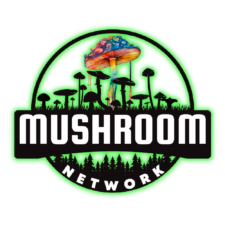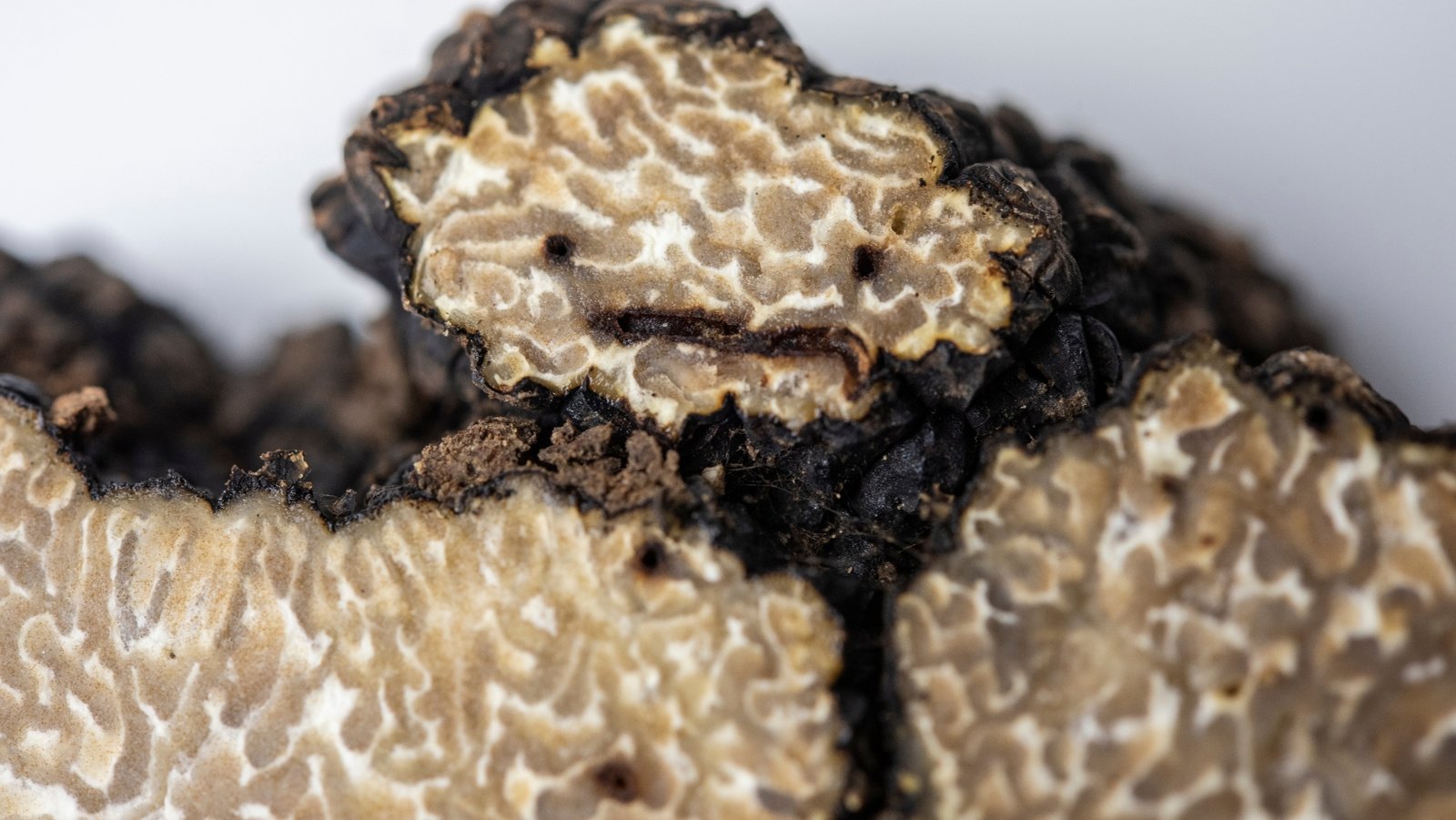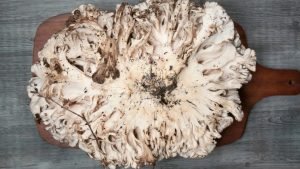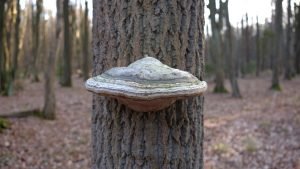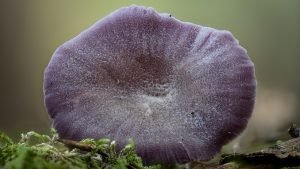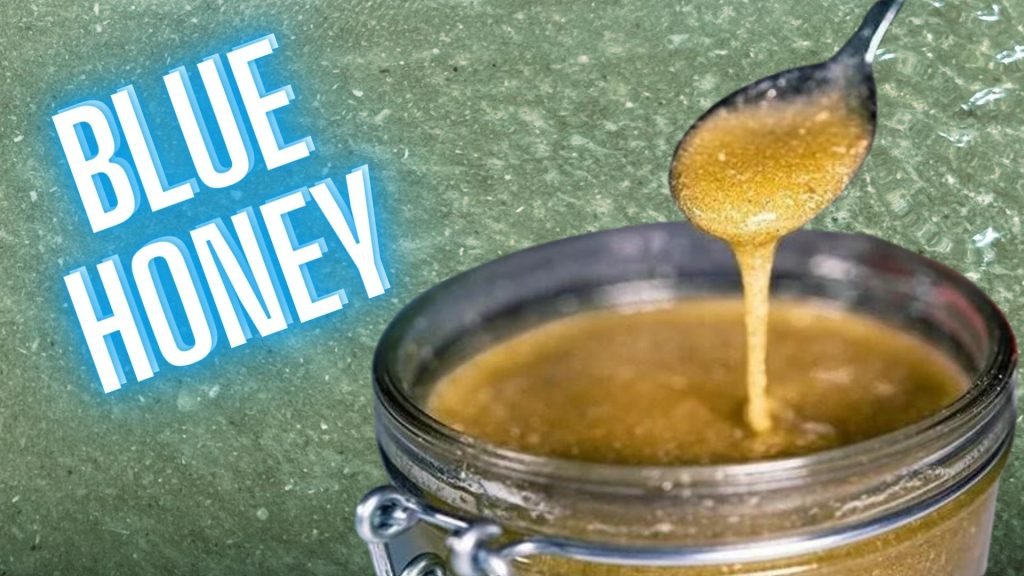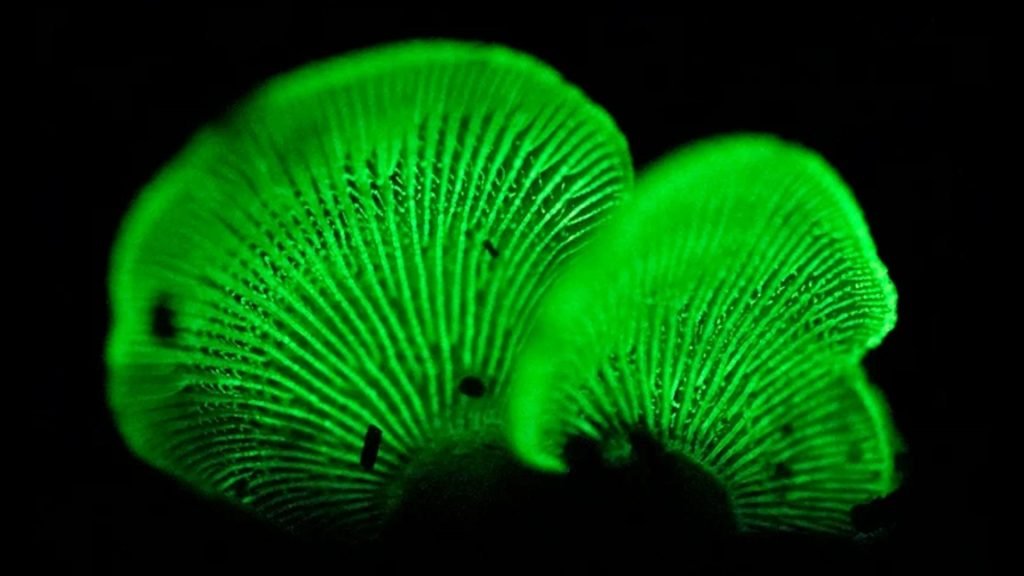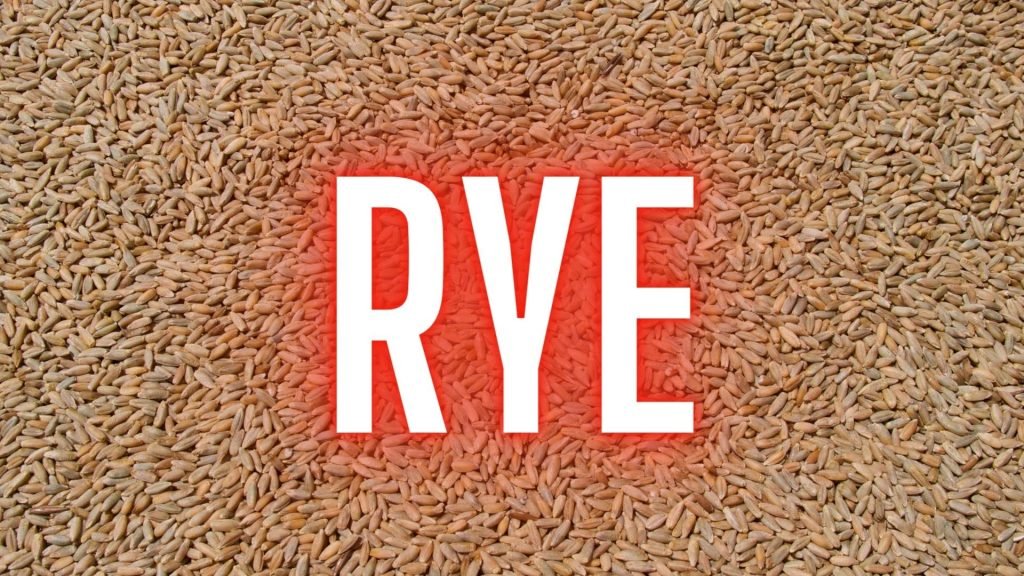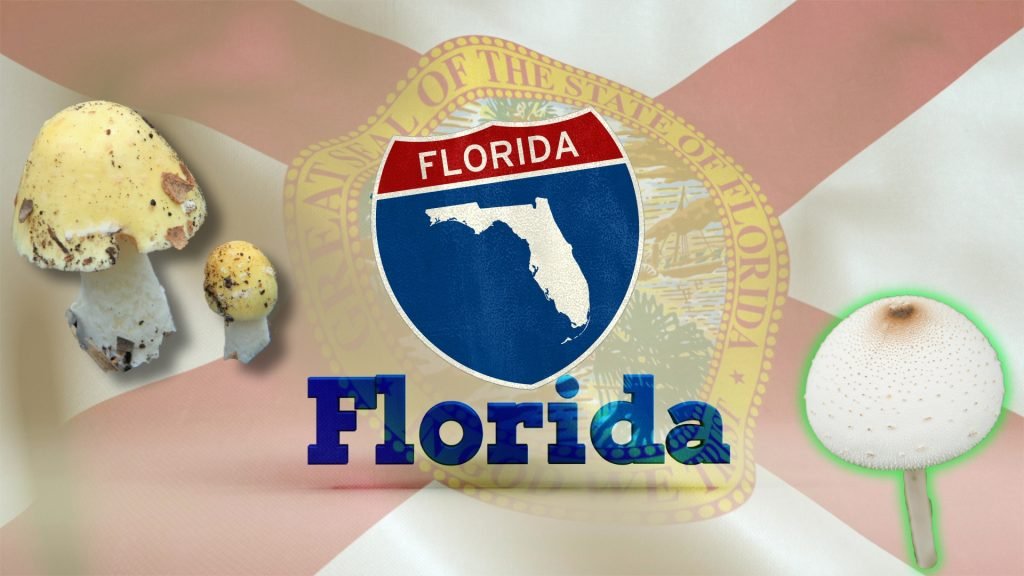Truffles are an enigmatic and highly coveted group of fungi that grow underground in a symbiotic relationship with the roots of certain trees. Often likened to buried treasure due to their elusive nature and astronomical price tags, truffles have intrigued and tantalized humans for centuries, if not millennia. But what exactly are truffles, and why do they command such fascination and high prices? In this article, we will delve deep into the world of truffles, exploring their biology, how they are cultivated, and their unique role in the culinary world.
Truffles in the Fungal Kingdom:
Truffles belong to the Ascomycota phylum, the same phylum as more familiar fungi like brewer’s yeast and Penicillium mold. Unlike their above-ground cousins, truffles have adapted to a subterranean lifestyle, developing a hardened, round fruiting body that grows in a symbiotic association with the roots of specific trees in what is known as a mycorrhizal relationship.
This mutualistic association sees the tree providing the truffle with sugars produced through photosynthesis, while the truffle aids the tree by facilitating the absorption of essential nutrients and water from the surrounding soil. This relationship is not just beneficial but vital for the survival and success of both parties involved. The fungal network also serves to connect trees and plants in what has been dubbed the “Wood Wide Web“, allowing them to share resources and communicate.
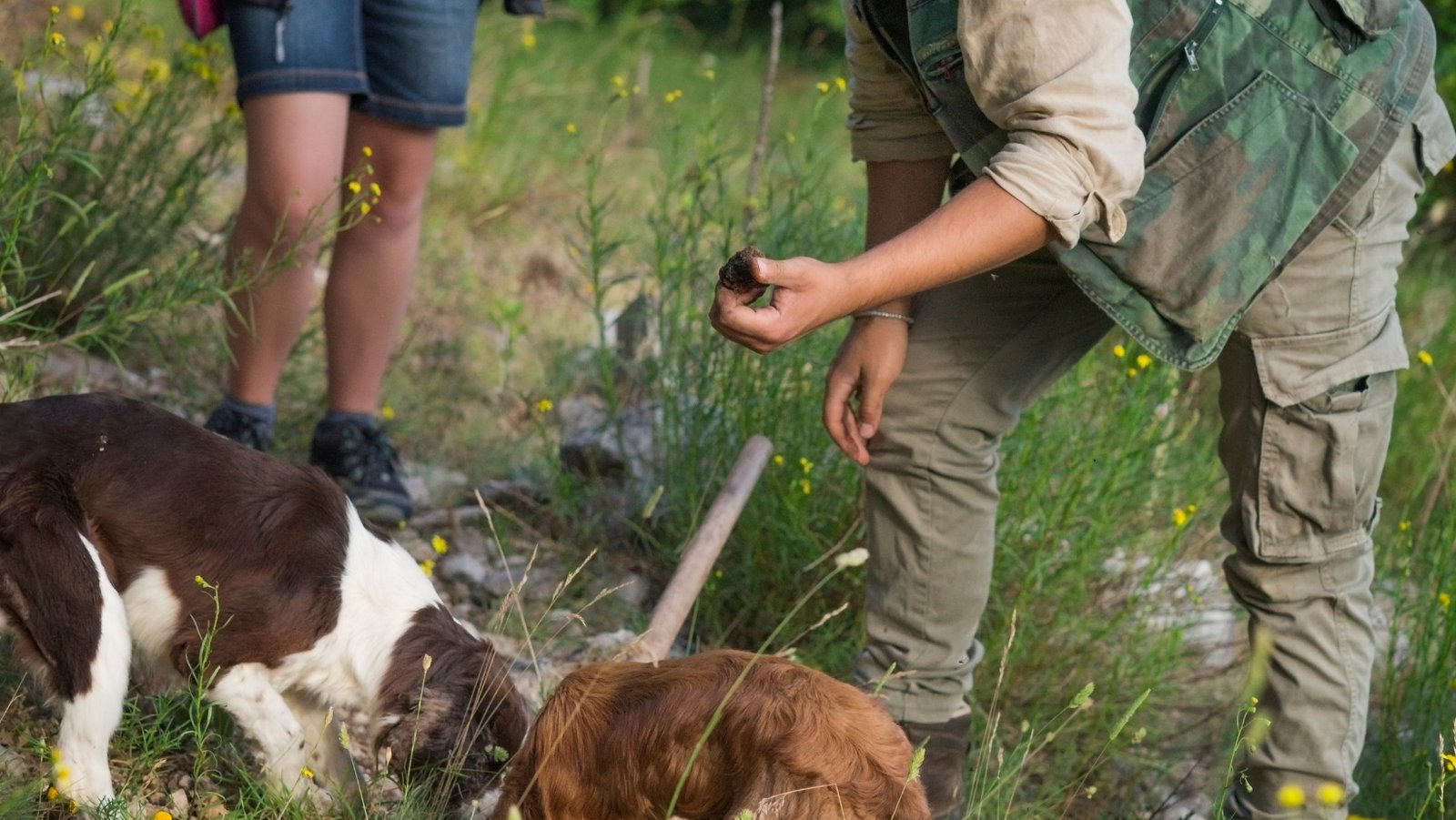
The Cultivation of Truffles:
Cultivating truffles is no easy feat and often resembles a mixture of science and art more than traditional agriculture. Truffle cultivation begins with the inoculation of a suitable tree’s roots (such as hazel, oak, or beech) with truffle mycelium. The inoculated trees are then planted in a nutrient-rich, well-drained soil with a high lime content, ideal conditions for truffle growth.
The next challenge lies in maintaining the delicate balance required for truffle formation. Soil pH, temperature, rainfall, and even the presence of specific soil bacteria can significantly impact the success of truffle cultivation. Even with perfect conditions, it may take several years before the first truffles begin to form.
Another crucial aspect of truffle cultivation is the harvest. Due to their underground growth, finding truffles requires a keen sense of smell. Traditionally, truffle hunters used pigs, known as truffle hogs, due to their natural attraction to the pungent aroma of truffles. Nowadays, dogs, specifically trained to detect the scent of mature truffles without eating them, have become the truffle hunter’s companion of choice.
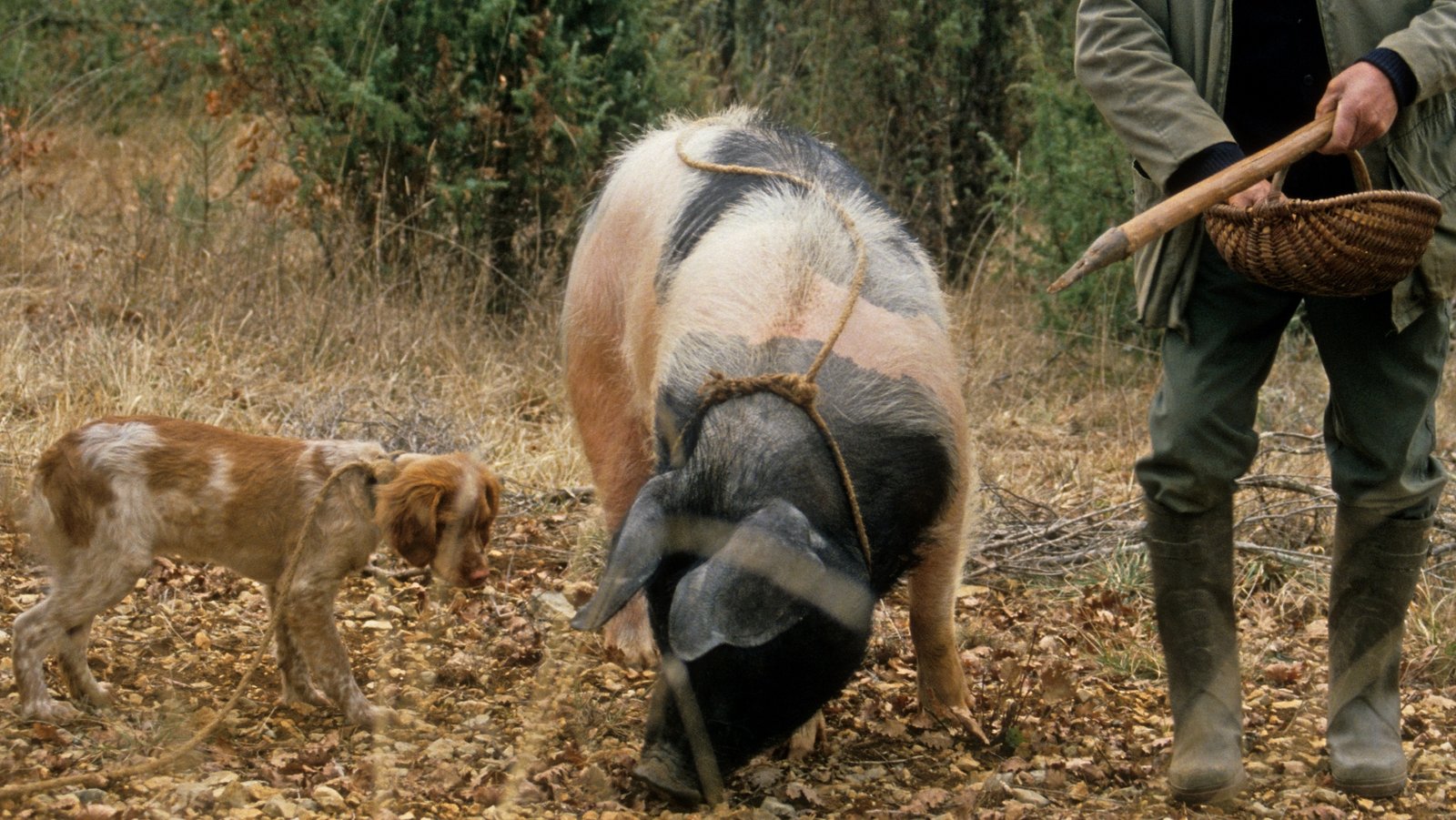
The Gastronomy of Truffles:
When it comes to gastronomy, truffles are in a league of their own. Their intense, earthy, and complex aroma has led them to be dubbed the “diamonds of the kitchen”. Truffles are used sparingly, often shaved thinly over dishes to impart their unique flavor.
The two most commercially valuable species are the Italian White Truffle (Tuber magnatum) and the French Black Truffle (Tuber melanosporum). The former, found primarily in the Piedmont region in Italy, is renowned for its intense aroma and complex flavor profile with hints of garlic, cheese, and shallots. The latter, native to the Périgord region in France, has a more subtle aroma and flavor, described as a combination of chocolate, soil, and vanilla.
Beyond these, several other truffle species, such as the Burgundy Truffle (Tuber aestivum) and the Oregon White Truffle (Tuber oregonense), each contributes their unique flavor profiles to the culinary world.
Conclusion:
From their intricate biology and challenging cultivation to their unique culinary applications, truffles truly represent an intersection of nature’s complexity and human ingenuity. They are a testament to the profound impact that these tiny, buried fungal fruiting bodies can have on our senses, our cuisines, and our cultures. Despite their high cost and the mystery surrounding them, the allure of truffles, it seems, is only set to grow, reflecting our deep-seated fascination with these hidden treasures of the fungal kingdom.
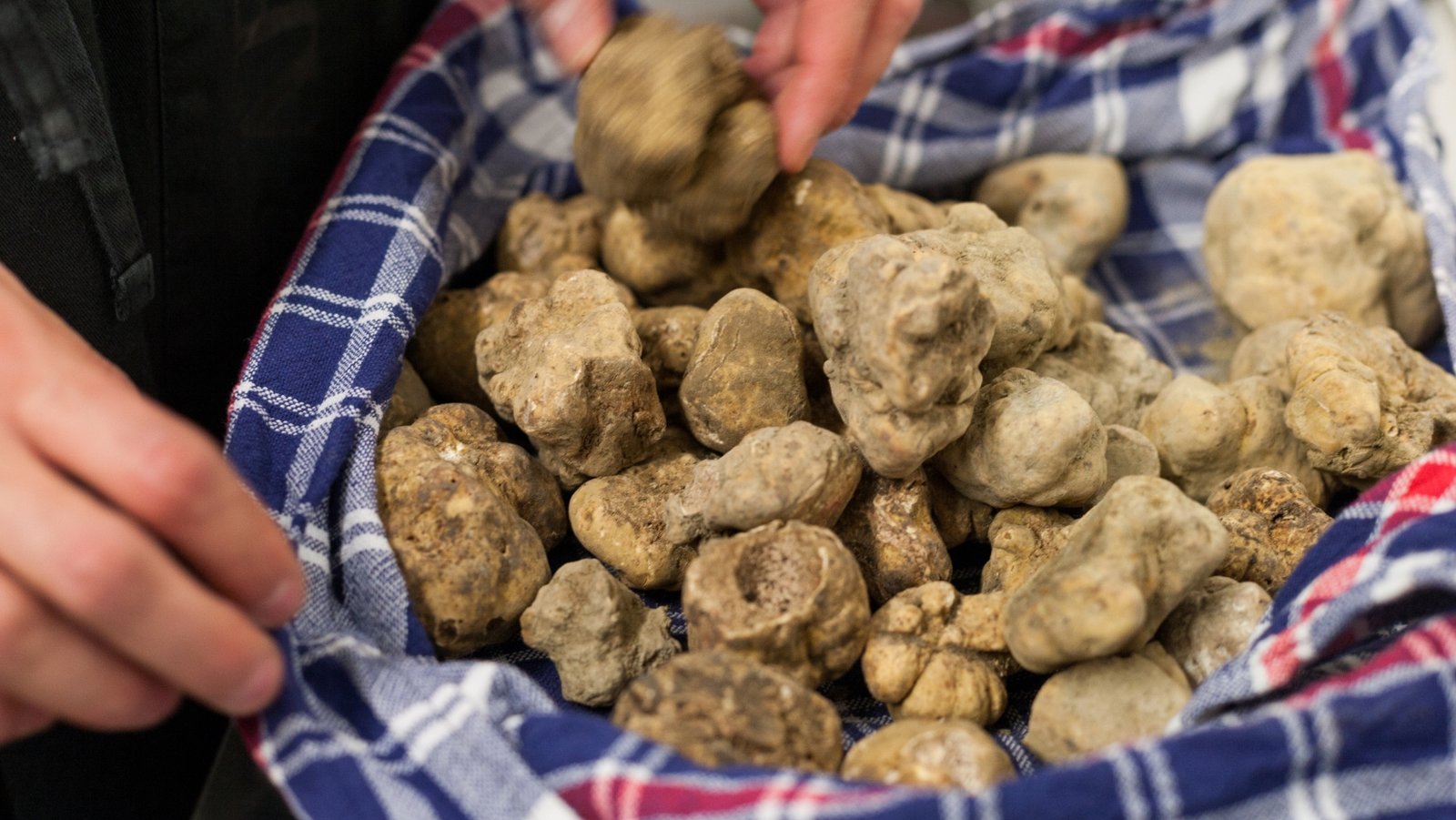
Recommended Reads:
From Forest to Plate: The Culinary Delights of Hen Of The Woods
The Hen Of The Woods, a mushroom species known as Grifola Frondosa, is a gastronome’s...
Read More...The Eco-Warriors: How Fungi Like the Pink Burn Cup Help Our Planet
About This Article: Meet the eco-warriors of the forest! 🌳🍄 Discover how fungi like the...
Read More...Agarikon Mushrooms: The Ancient Forest’s Answer to Modern Ailments
About This Article: Step into the forest’s pharmacy with our latest deep dive into Agarikon...
Read More...Amethyst Deceiver (Laccaria Amethystina)
Welcome, fungi enthusiasts and scholars! Step into the enchanting world of Laccaria Amethystina, a mushroom...
Read More...Whoa there, Spore Sport! 🍄 Looks like you’re not logged in yet. Don’t you know what you’re missing? MYCO-CREDITS! Imagine all the fungal fun you could have. It’s like finding a Morel in May and not picking it. Tragic, right? Log In or Become a Myco-Patron and start racking up those credits. It’s more rewarding than finding a mushroom in your backyard! 🌟🏡
